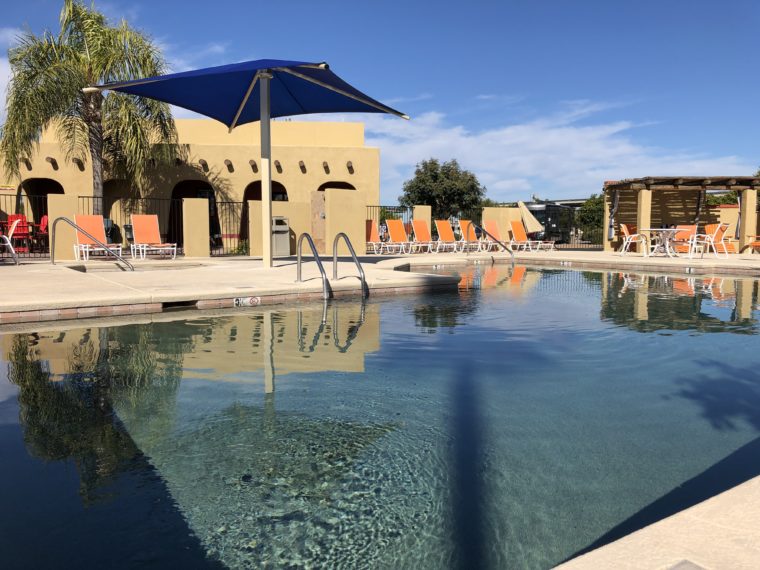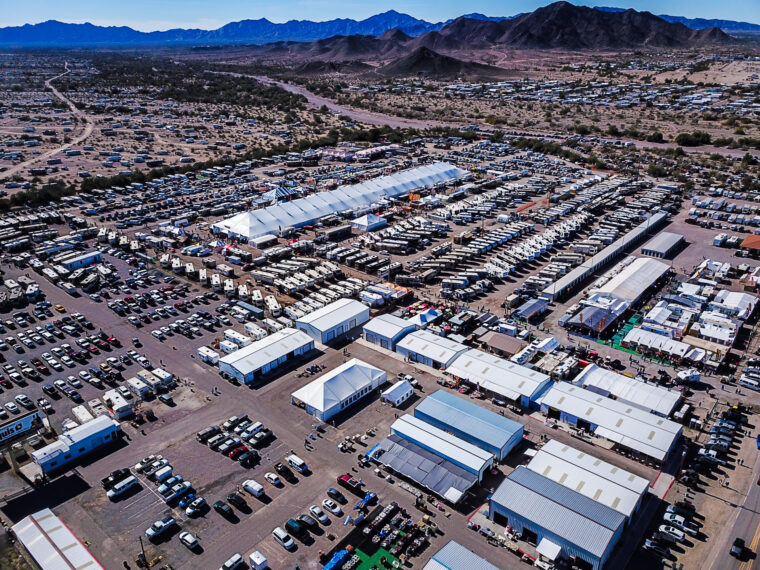“We believe in providing outdoor recreational opportunities and camping is absolutely a legitimate use of a National Forest, but it’s more sustainable in some places than in others,” says Reid Armstrong, Public Affairs Specialist for Arapaho and Roosevelt National Forests, about the growing demand of the forests’ resources. “It’s really hard when you have millions in the [Denver] metropolitan area trying to go camp in this highly developed intermix area right outside of towns and neighborhoods.”

Photo courtesy of Arapaho and Roosevelt National Forests officials.
As Armstrong explains, the Arapaho and Roosevelt National Forests are unique. They sit along Colorado’s Front Range and border the Denver Metro area, making them an easy getaway to the outdoors for millions of people in the state. However, they also run the risk of overuse. Last year, rangers saw a 200% increase in visitors to dispersed camping sites. Combine that with two of the most devastating wildfires in the state’s history, which ended up damaging 25% of the National Forests, and the fight over camping space has only increased and in some spots. It has become a problem.
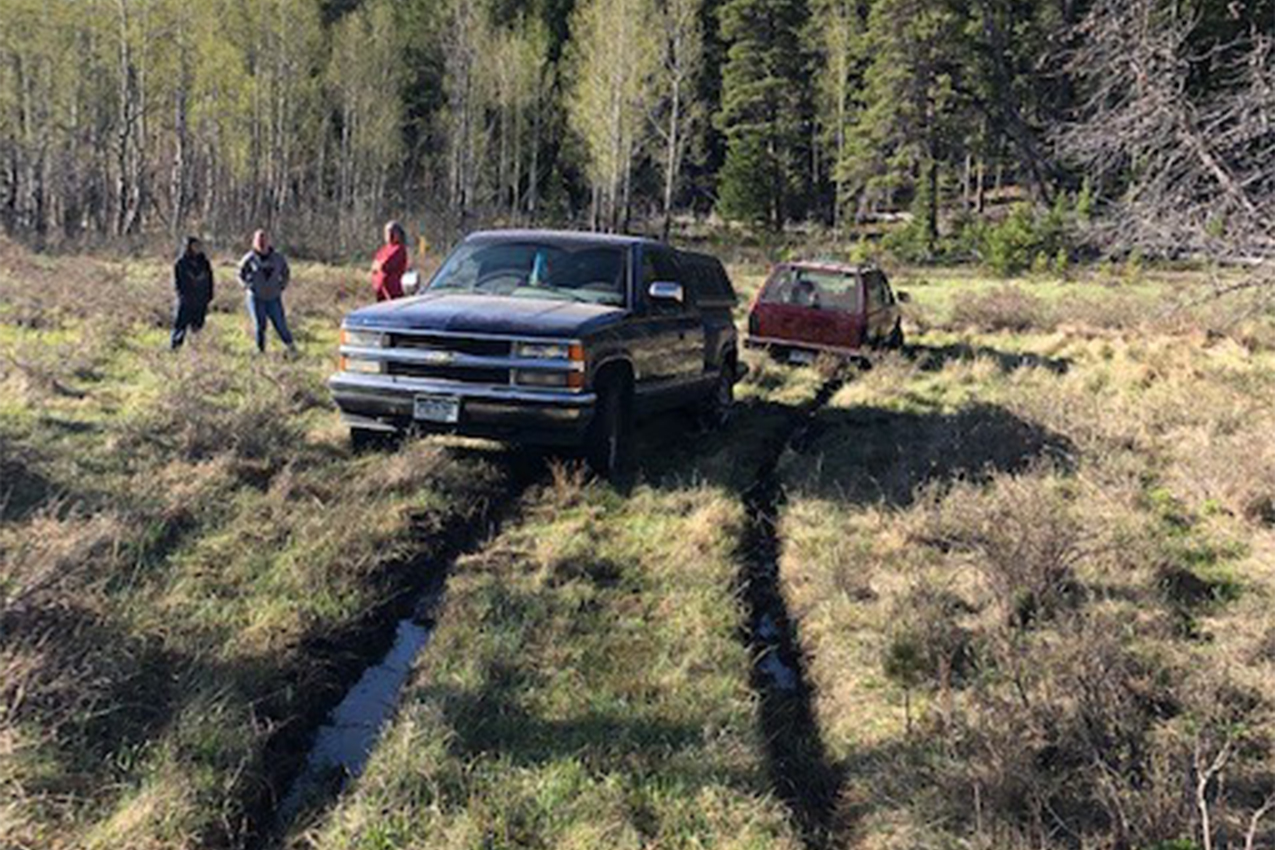
Photo courtesy of Arapaho and Roosevelt National Forests officials.
“We see a high amount of use in a normal year, and with the pandemic, people couldn’t go to the bowling alleys and movie theaters and all the other things they would have normally done, and so the outdoors became the best and safest place to be,” says Armstrong. “And while we were super excited to see people discovering new places and their public lands, we also saw a lot of abuse and misuse of some of these places.”
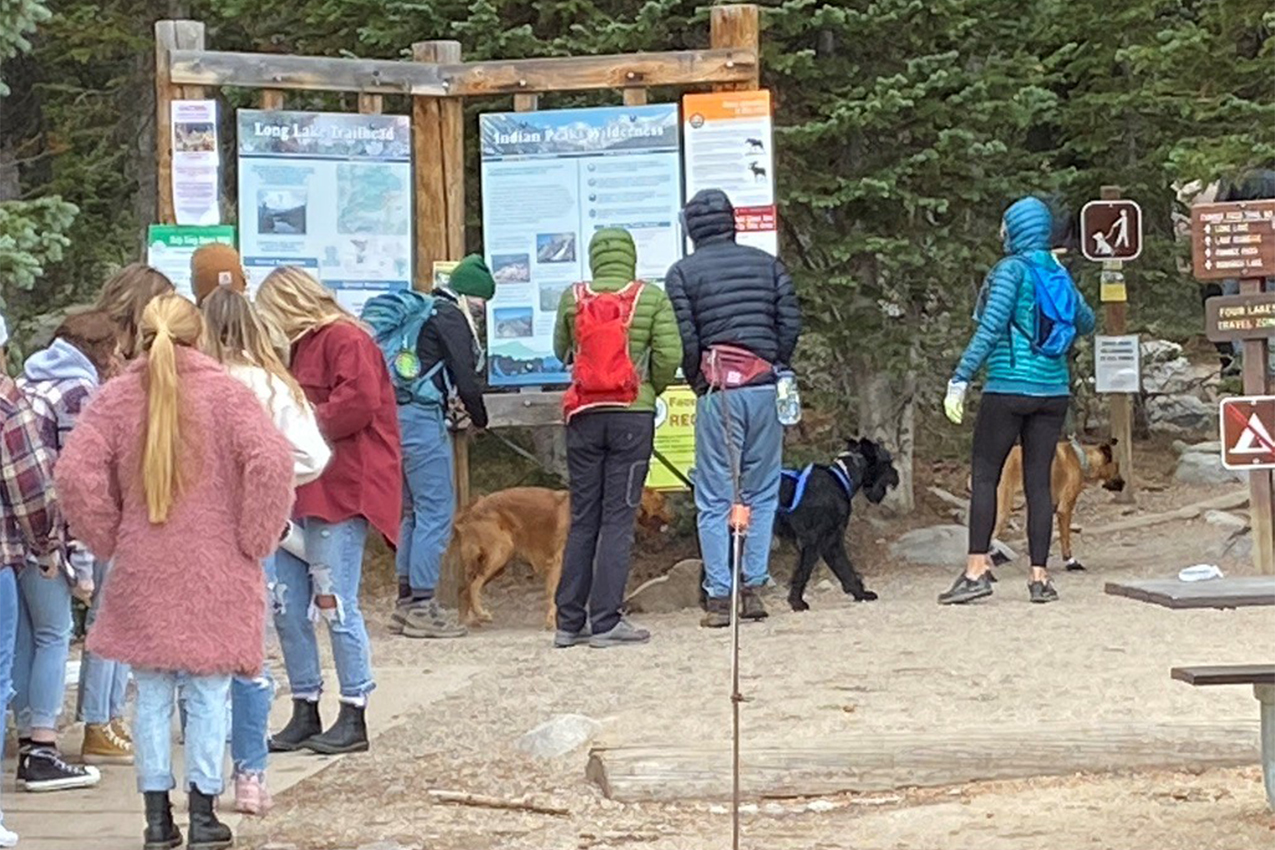
Photo courtesy of Utah Department of Wildlife.
Arapaho and Roosevelt National Forests share resources and are the fourth most visited forests in the country. A short drive from places like Denver and Boulder, they also run into Rocky Mountain National Park, which brings in even more visitors as the national park hits capacity. The National Forests cover 1.5 million acres, running from Colorado’s busy I-70 corridor, around Rocky Mountain National Park and ending at the Wyoming state line. But, unlike many other National Forests that stand alone, these are mixed with private property, county, and state land, resulting in several different agencies working together to try and find what is best for the area.
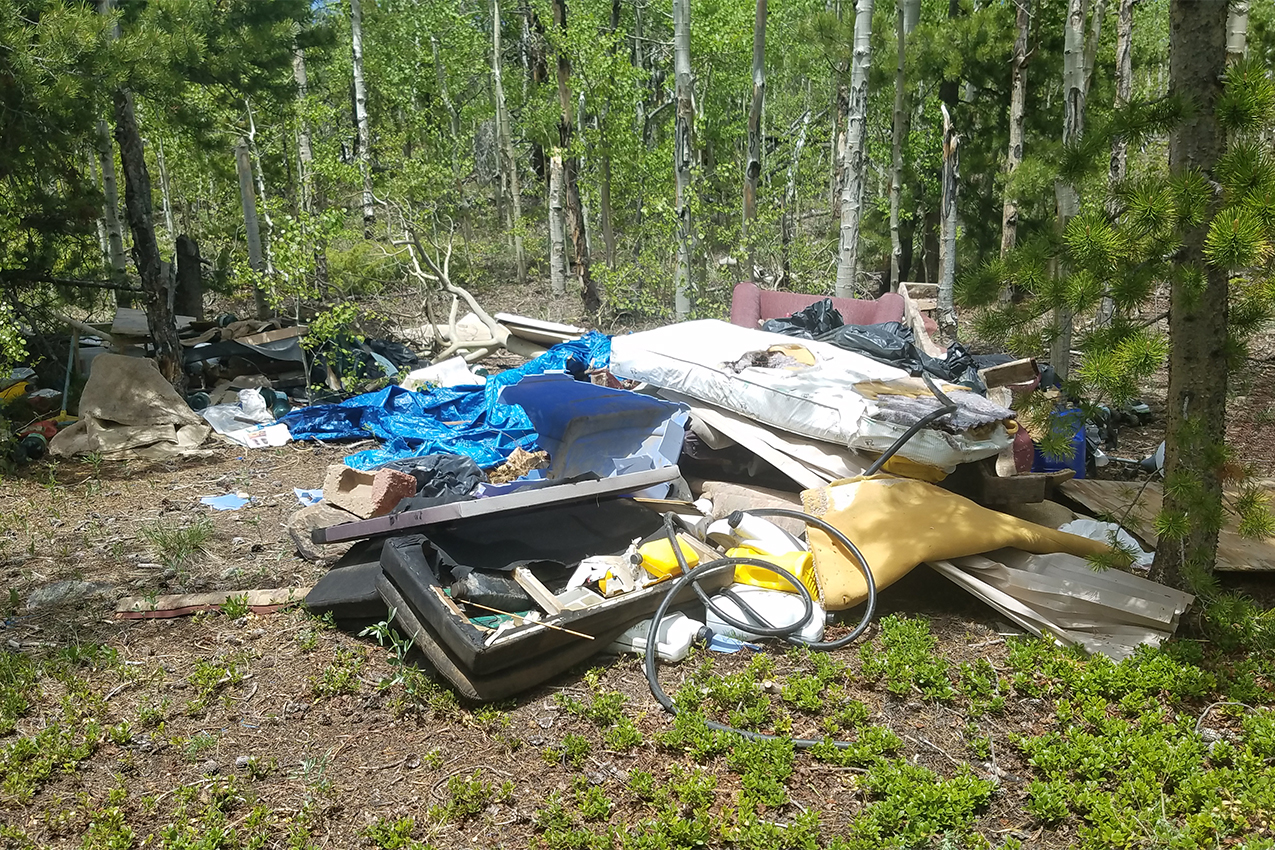
Photo courtesy of Arapaho and Roosevelt National Forests officials.
National Forests officials worked with local county leaders, law enforcement, and fire agencies to figure out the most troublesome camping areas. For at least the next year, these five dispersed camping areas will be closed:
- Vasquez Creek and Little Vasquez Creek
- Maxwell Falls
- Rainbow Lakes Road (the Rainbow Lakes Campground at the end of the road is not impacted)
- Ceran Saint Vrain
- Winiger Ridge
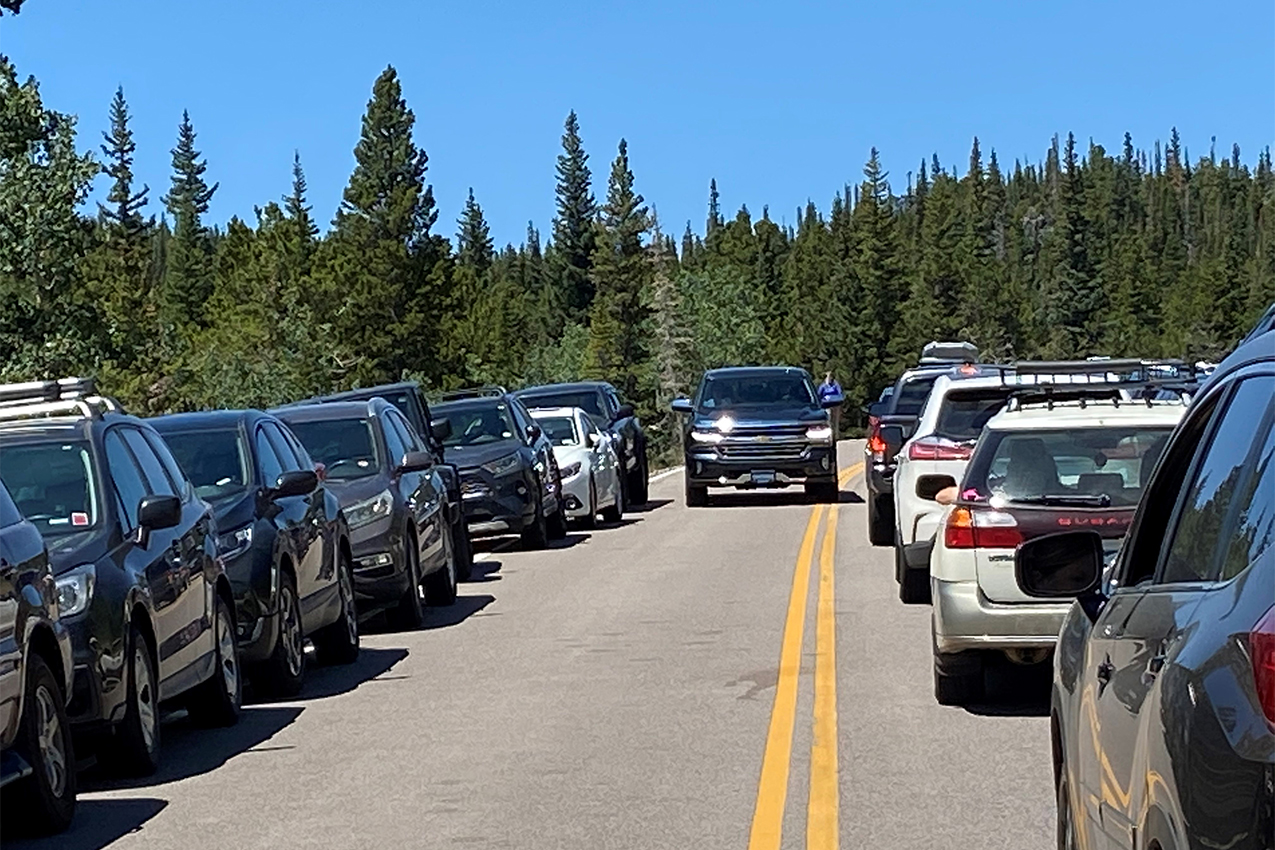
Photo courtesy of Arapaho and Roosevelt National Forests officials.
Rangers and local fire departments said there were multiple issues at these spots. One issue was vehicles frequently lining roadways on both sides, blocking emergency vehicles from getting to their destination. Ceran Saint Vrain, a popular backpacking destination, became overcrowded with visitors, who created more than 70 sites along the two-mile trail. In multiple spots at other dispersed camping areas, many people were setting up too close to creeks and rivers, and in some cases, those watersheds are used by cities like Boulder as part of their water supply. Another issue was the number of campfires left unattended or not completely extinguished, putting the forests and people who live nearby at risk.
Despite the issues, NF officials hope to find a way forward.
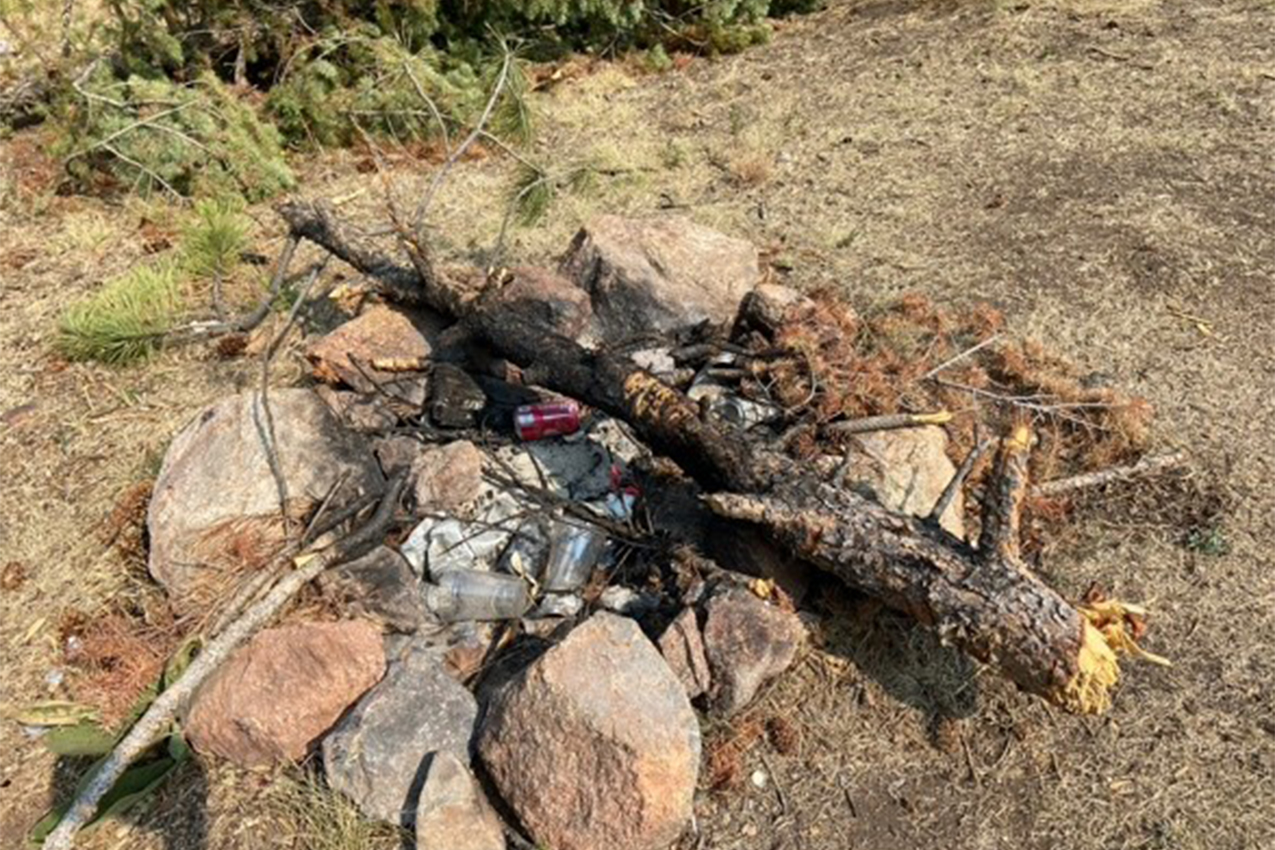
Photo courtesy of Arapaho and Roosevelt National Forests officials.
“These aren’t permanent closures. These are temporary closures to give us this time and space to figure out what we can do better and to continue to make these opportunities available for the public,” says Armstrong, stating that each spot is its own case. Some may have easy fixes, while others may not be able to reopen for camping.

Photo courtesy of Arapaho and Roosevelt National Forests officials.
For instance, Armstrong says spots like Vasquez Creek or Rainbow Road could add amenities like designated sites or a vault toilet to help with the issues, and maybe they could reopen. Meanwhile, other destinations, like the Ceran Saint Vrain, may be too popular for responsible camping opportunities. Ultimately, National Forest officials will review the sites and determine the best ways to move forward for next year.
In addition to these recent closures, other parts of the forests remain closed due to damage from the East Troublesome, Cameron Peak, and Williams Fork fires, so Armstrong says to check the Arapaho and Roosevelt Forests website’s new “Know Before You Go” page to be updated on closures and other info that could be helpful for anyone heading to the forest.

Photo courtesy of Arapaho and Roosevelt National Forests officials.
Camping and wildfires aren’t the only issues officials with Arapaho and Roosevelt are monitoring. Last year, there were more than 700 encounters between visitors and bears. That’s led to another change—anyone visiting needs some form of bear-resistant food storage, whether that’s leaving food in a vehicle or an approved bear-resistant container.
Armstrong and other officials with the National Forests hope these steps will keep people safe and still allow everyone to enjoy the outdoors.
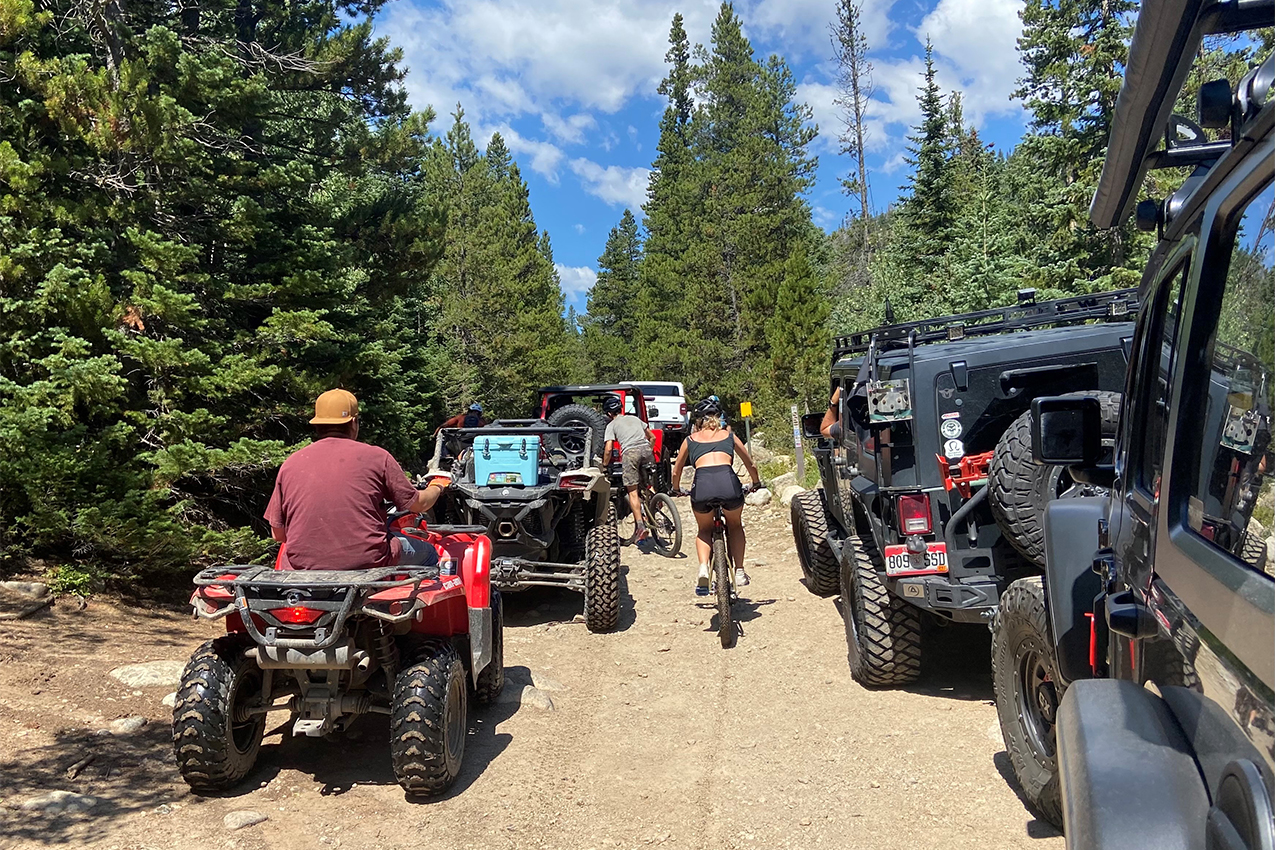
Photo courtesy of Arapaho and Roosevelt National Forests officials.
“These are the kind of things [where] we’re really encouraging people to do their research and understand what those rules are so they’re prepared with the right kind of equipment or prepared for Colorado’s weather,” said Armstrong. “The last thing I would say is to have a backup plan. If you get there and that parking lot is overflowing, and traffic is a mile down the road, hopefully, you’ve already done your research and have another camping area in mind.”


